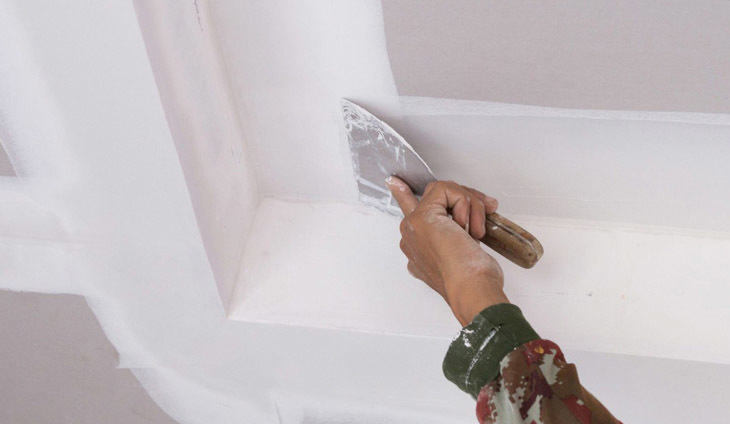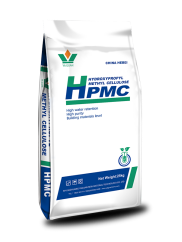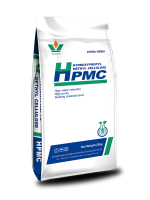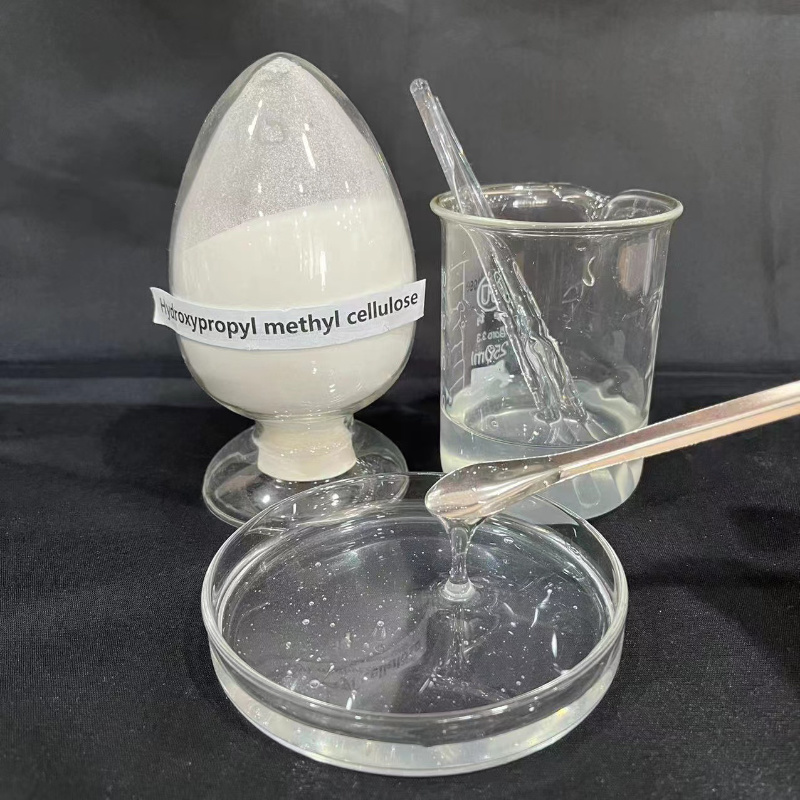Hypromellose Hydroxypropyl Methylcellulose: Innovations and Applications in the Construction Industry
Release Time:
May 22,2024
Hypromellose Hydroxypropyl Methylcellulose (HPMC) is a versatile polymer that finds a wide range of applications in various industries, including construction.

Hypromellose Hydroxypropyl Methylcellulose (HPMC) is a versatile polymer that finds a wide range of applications in various industries, including construction. Known for its exceptional properties and functionalities, HPMC plays a crucial role in improving the performance and durability of construction materials and products. From enhancing the workability of cement-based mortars to serving as a key ingredient in self-leveling compounds, HPMC has become an indispensable component in modern construction practices.
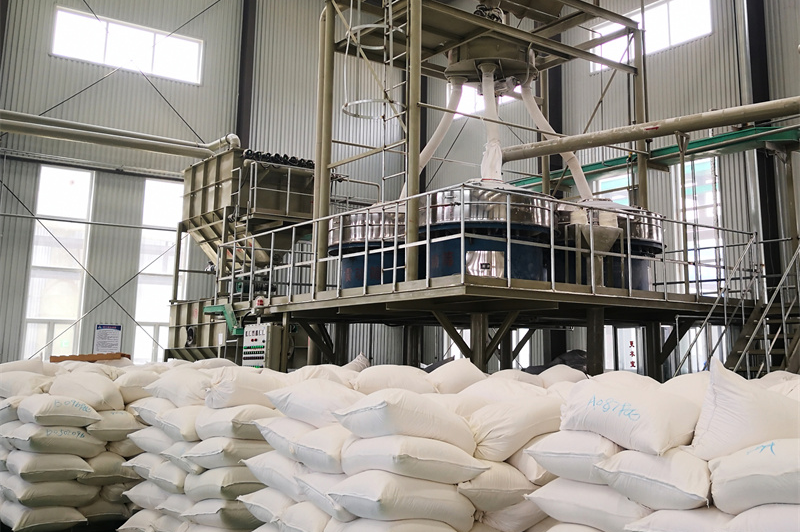
In the construction industry, HPMC is widely used as a thickener, binder, water retention agent, and rheology modifier in a variety of building materials. Its ability to improve the consistency, adhesion, and overall quality of construction products makes it a valuable additive for manufacturers and builders alike. One of the key selling points of HPMC in construction applications is its compatibility with different building materials and its capacity to enhance their performance without compromising their structural integrity.
One of the primary applications of HPMC in the construction industry is in cement-based mortars, where it serves as a key ingredient in improving workability, water retention, and adhesion properties. By incorporating HPMC into mortar mixes, manufacturers can achieve better cohesion and consistency, leading to smoother application, reduced shrinkage, and enhanced bond strength between substrates. The use of HPMC ensures that mortars maintain their desired properties over time, resulting in durable and long-lasting construction elements.
Another notable use of HPMC in construction is in self-leveling compounds, which are commonly used to create smooth and even surfaces on floors prior to the installation of floor coverings. HPMC acts as a thickening agent and flow aid in self-leveling compounds, allowing for easy application and seamless leveling of surfaces. Its water retention properties help prevent premature drying and ensure consistent curing, resulting in high-quality finished floors that meet stringent performance standards.
In to mortars and self-leveling compounds, HPMC is also employed in gypsum-based products, tile adhesives, renders, plasters, and other construction materials to improve their workability, adhesion, and durability. The versatility of HPMC as a multifunctional additive enables manufacturers to tailor the properties of their products to meet specific project requirements and performance criteria. Its role in enhancing the performance and application characteristics of construction materials makes HPMC a preferred choice for achieving high-quality results in diverse building applications.
As sustainability and environmental considerations become increasingly important in the construction industry, the use of HPMC offers additional benefits in terms of reducing environmental impact and improving overall building performance. HPMC-based products contribute to the development of more sustainable construction practices by optimizing material efficiency, reducing waste, and enhancing the durability and longevity of building structures. By incorporating HPMC into construction materials, builders can achieve a balance between performance, sustainability, and cost-effectiveness in their projects.
Looking ahead, the continued innovation and refinement of HPMC formulations are expected to drive further advancements in construction technology and materials. As the demand for high-performance, eco-friendly construction solutions grows, HPMC will play a pivotal role in meeting the evolving needs of the industry. By leveraging the unique properties and functionalities of HPMC, manufacturers and builders can achieve superior results in terms of workability, performance, and sustainability across a wide range of construction applications, making it a key ingredient in the future of modern building practices.
Key words:
Latest news















